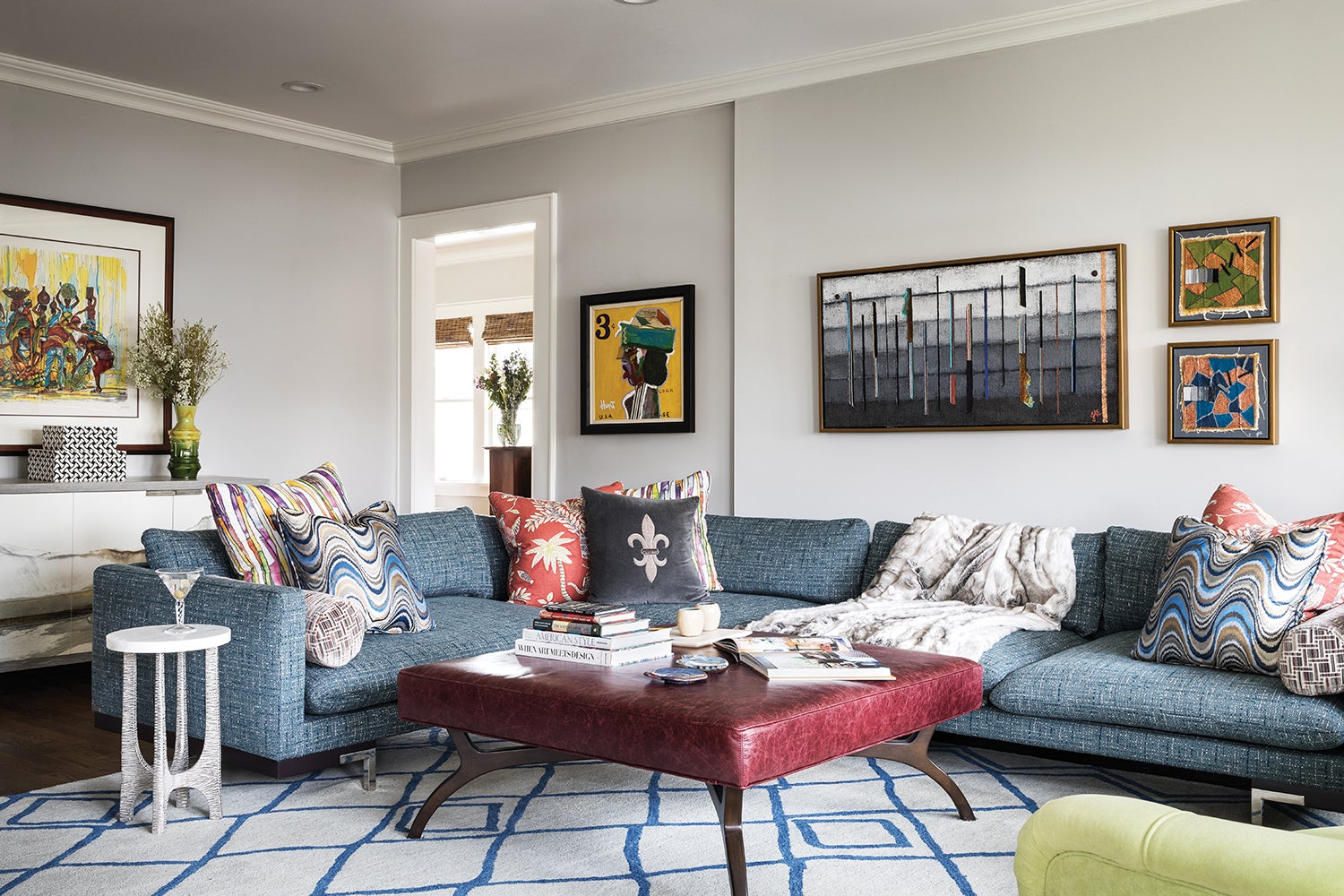How do you shepherd a client from initial contact to signed contract? We asked seven designers about the journey to the dotted line—including the age-old debate of whether to charge for the first consultation.
How do you respond to inquiries?
Emily Davis: Most inquiries are generated from referrals, so potential clients sometimes call or text as the first point of contact. I request their email address and send them a “Working With Me” document—a one-page PDF that outlines my processes, fees and business practices. If they are in agreement, we set up an initial meeting.

Ready to dig in?
This article is available exclusively for
BOH subscribers and BOH Insiders.
BOH subscribers and BOH Insiders.
Want full access?











































